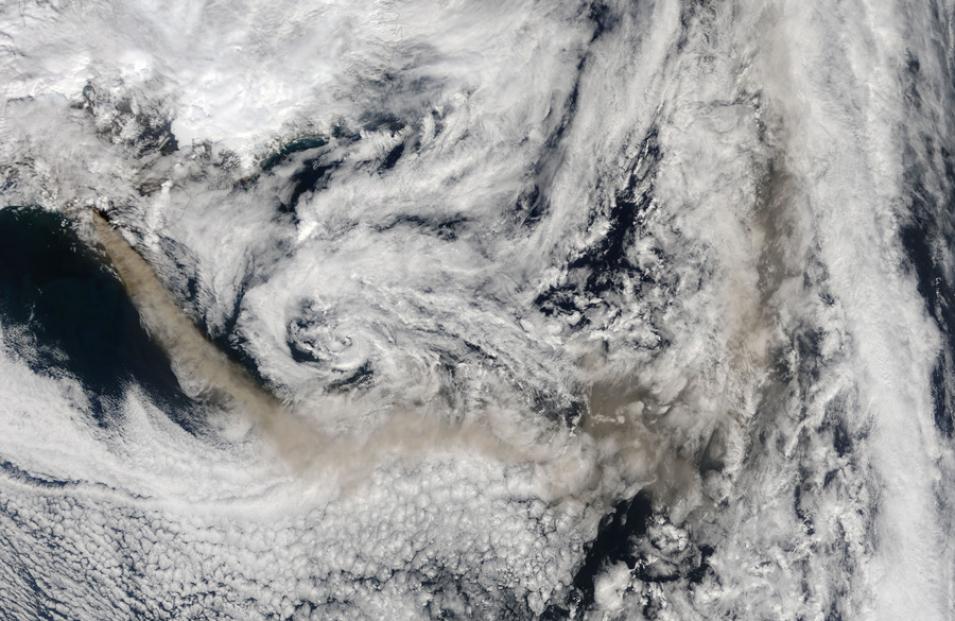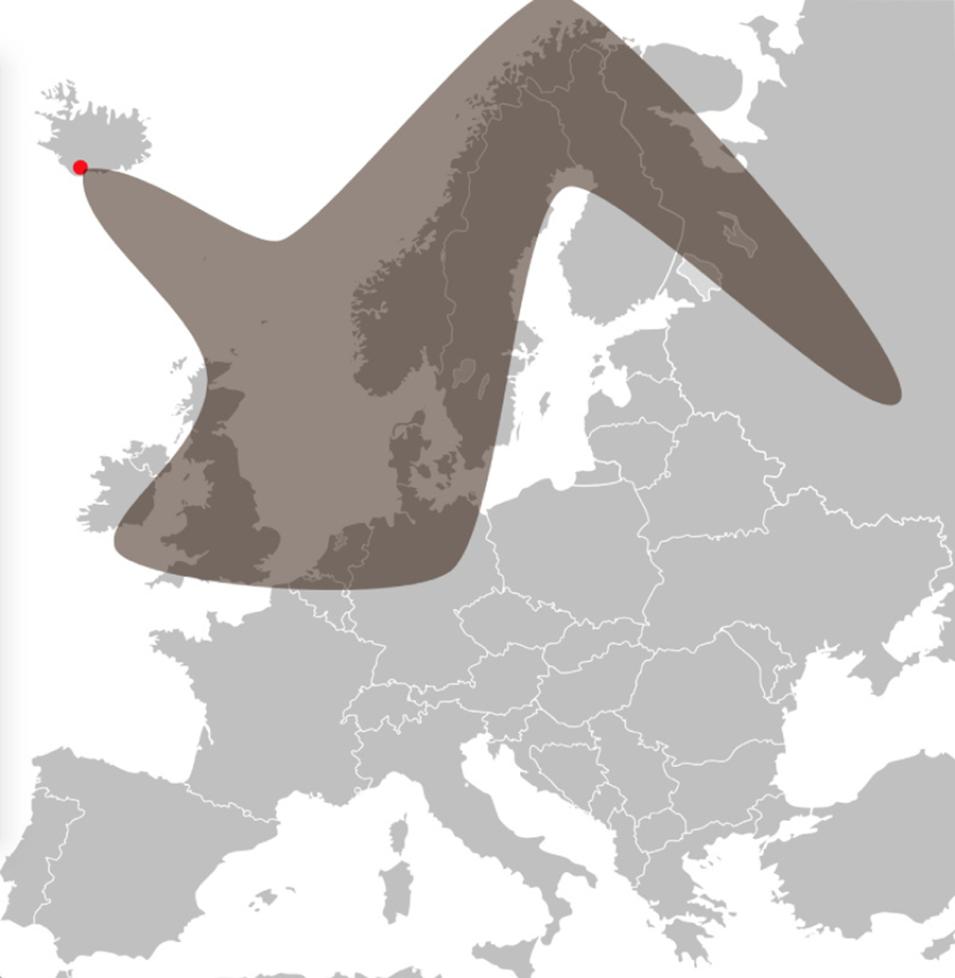On April 14, 2010, day turned to night when Eyjafjallajökull in Iceland erupted, billowing volcanic ash and sulfur dioxide into the atmosphere. Eight hundred people were evacuated, while hundreds more were confined inside because of the noxious ash fall, which already poisoned nearby farm animals. The plume then drifted across Europe, creating the largest air travel disruption since World War II. Over 100,000 travelers were grounded in eight days. “It was a big headache for the aviation industry, costing billions in canceled flights,” said John Yorks, a research scientist at NASA's Goddard Space Flight Center.
Neither a pilot nor weather radar can distinguish a volcanic plume from a regular cloud, with potentially catastrophic results. Ash clouds—or tiny, jagged fragments of pulverized rock and glass—instantly melt within a plane’s multiple 1,000-degree Celsius (1,832-degree Fahrenheit) jet engines, coating turbine blades with glass and shutting engines down. Since the 1990s, experts from nine Volcanic Ash Advisory Centers have advised the aviation industry, using a mosaic of data, including satellite data, to map the plumes. Too often, the most comprehensive satellite data have lagged.
Launched in 2015 and operational for 33 months, a small NASA instrument on the International Space Station (ISS) delivered an unexpected bonus—it cut the waiting period for this detailed data. The Cloud-Aerosol Transport System (CATS) project was cheaper than the big missions, but its small sensor accomplished something mighty, and Yorks understood its potential impact.



